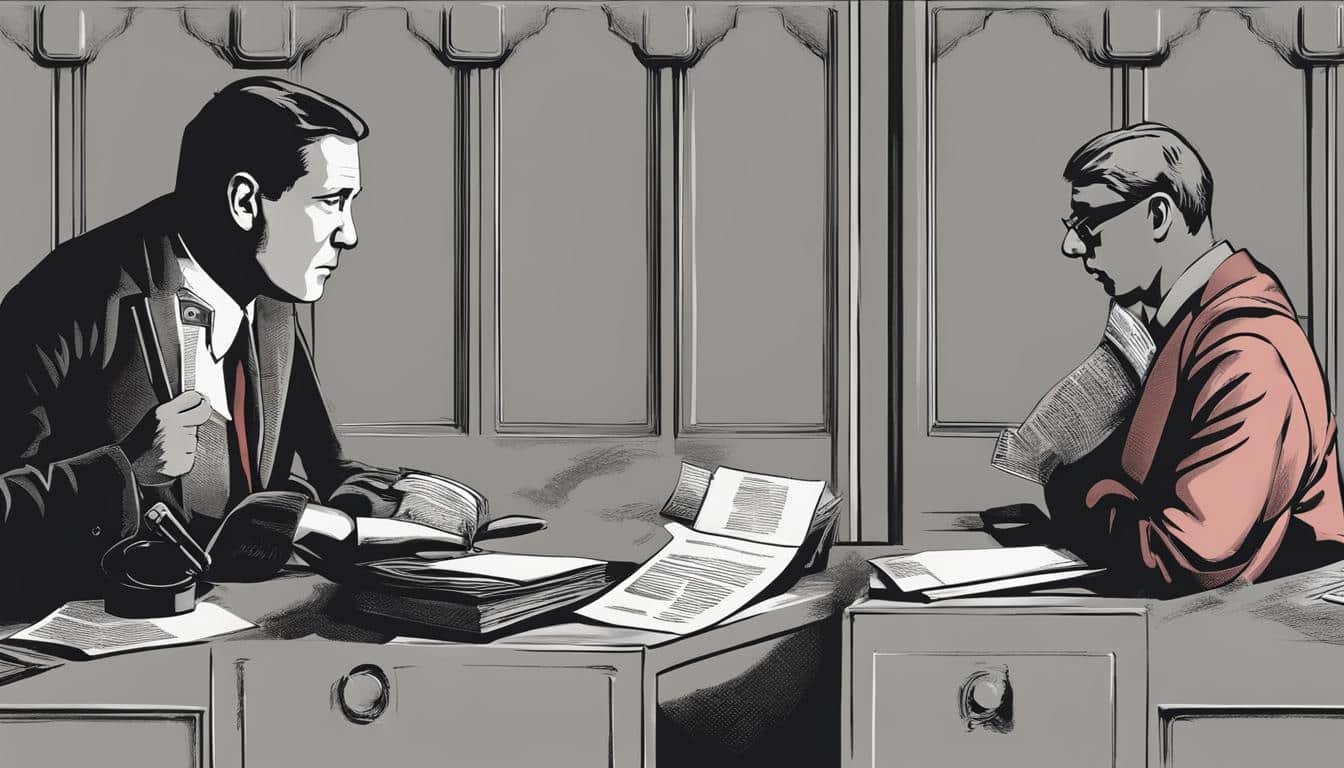Censorship plays a crucial role in media ethics, impacting journalism and the balance of public interest. It involves the suppression of words, images, or ideas deemed inappropriate by the government or private pressure groups. While government censorship is considered unconstitutional, private individuals or groups organizing boycotts against objectionable content are protected by the First Amendment.
American society has a complex relationship with censorship. While there are examples of government censorship throughout history, there is also a strong commitment to freedom of expression. The Supreme Court has broadly interpreted the First Amendment’s protection of artistic expression, covering a wide range of media. However, there have been prevalent censorship campaigns against sexual content, often based on moral grounds rather than scientific evidence.
Studies on the relationship between media violence and real-world violence have yielded mixed results, with no conclusive evidence that fictional violence causes individuals to become violent. Experts believe that the influence of fictional violence on behavior is marginal compared to other factors, such as personal circumstances and past history of violence.
While censorship is often justified as a means of protecting the moral order and societal interests, it has been criticized for suppressing free speech and hindering progress.
Key Takeaways:
- Censorship plays a vital role in media ethics and has a significant impact on journalism.
- Government censorship is considered unconstitutional, but private pressure groups can organize boycotts to express their objections.
- American society has a complex relationship with censorship, balancing freedom of expression and the need to protect moral values.
- Studies on the link between media violence and real-world violence have yielded mixed results.
- Critics argue that censorship hinders progress and stifles free speech.
Types and Forms of Censorship
Censorship can take various forms, each with its own unique characteristics and motivations. Understanding these types and forms can provide insight into how information and expression are controlled in different contexts.
Government Censorship
Government censorship is perhaps the most well-known and widely-discussed form of censorship. It involves the suppression of information or expression by government authorities. This can be done through various methods, such as prior restraint or licensing, where content is reviewed or approved before it is made public. Government censorship is often motivated by the desire to maintain political control, prevent the spread of sensitive information, or protect national security.
Religious Censorship
Religious censorship occurs when religious institutions or groups restrict or prohibit certain content based on religious beliefs or doctrines. This form of censorship aims to prevent the dissemination of materials that are considered blasphemous, sacrilegious, or contrary to religious teachings. It is often driven by a desire to uphold religious values and protect the beliefs of the community.
Political Censorship
Political censorship is employed by governments or political entities to control the flow of information and suppress opposition. It involves the restriction or manipulation of content that may challenge or criticize the ruling authorities. Political censorship is often justified as necessary for maintaining social stability, preventing political upheaval, or protecting the ideologies of those in power.
| Type of Censorship | Description |
|---|---|
| Government Censorship | The suppression of information or expression by government authorities, often motivated by political control or national security concerns. |
| Religious Censorship | The restriction or prohibition of certain content based on religious beliefs or doctrines, aiming to protect religious values. |
| Political Censorship | Censorship employed by governments or political entities to control information and suppress opposition. |
These various types of censorship can occur simultaneously or independently, depending on the cultural, political, and social context. They shape the availability of information and the boundaries of expression within a society, often raising complex ethical questions.
Conclusion
Censorship has been a topic of debate and controversy throughout history. While it is often justified as a means to protect moral values and societal interests, it has faced significant criticism. Critics argue that censorship hinders progress, limits freedom of expression, and imposes a particular set of values on society.
One of the primary criticisms of censorship is its impact on society. By suppressing information and ideas, censorship can distort historical records and prevent the open discussion of important topics. It can also restrict individual freedoms and stifle creativity, hindering the development of a diverse and knowledge-driven society.
However, proponents of censorship argue that it is necessary for maintaining social order and safeguarding the dominant ideology. They believe that certain forms of expression, such as hate speech or explicit content, should be censored in the interest of public morality and well-being.
Striking a balance between free expression and the moral order is a complex and ongoing challenge. It requires thoughtful consideration of the potential consequences of censorship and the need to protect individual rights and diverse perspectives. Ultimately, finding this balance is vital for a democratic society that values both freedom and social responsibility.
Source Links
- https://www.aclu.org/documents/what-censorship
- https://media.okstate.edu/faculty/jsenat/censorship/defining.htm
- https://en.wikipedia.org/wiki/Censorship







